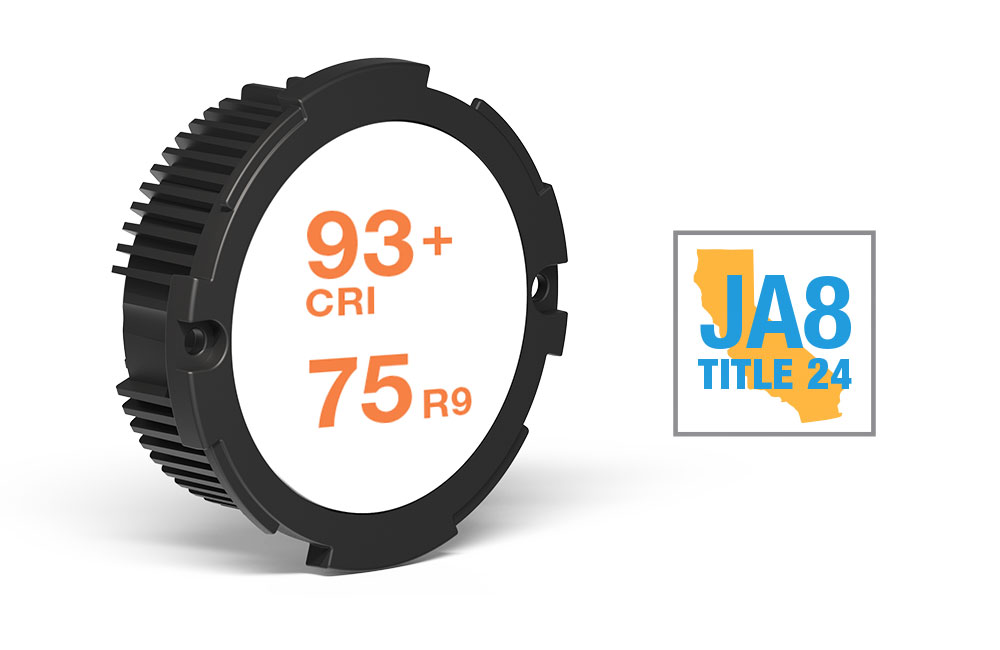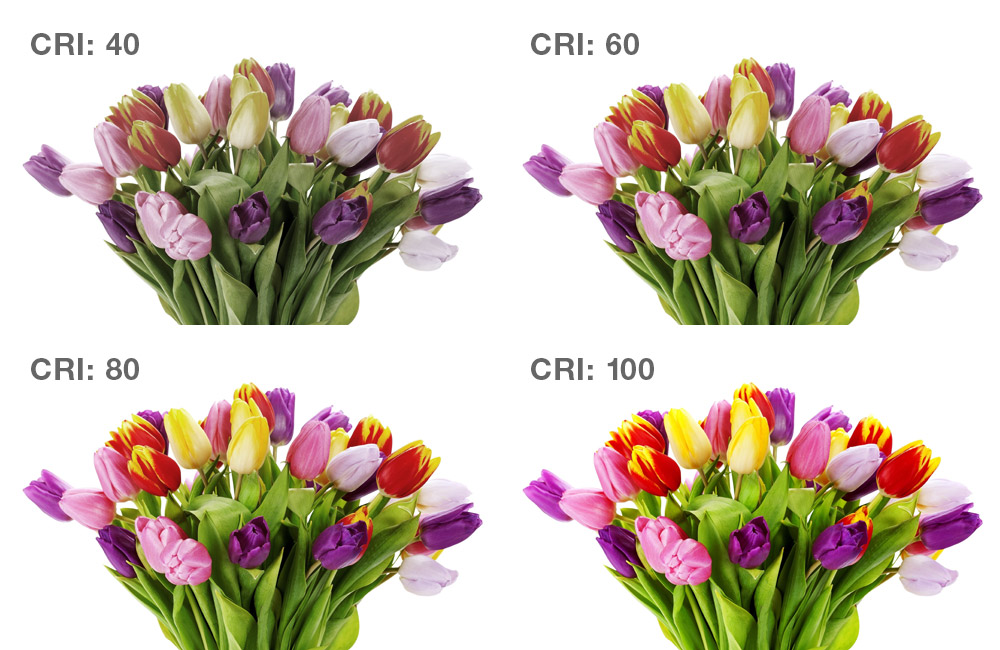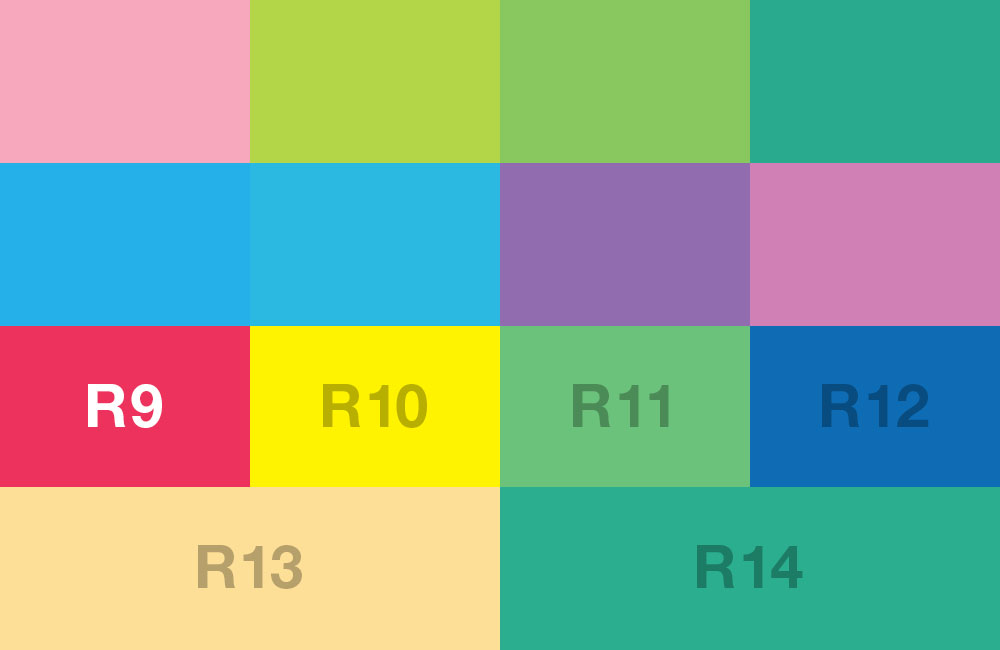Using lights with high CRI and R9 values ensures proper color rendering of objects

Have you ever agonized over selecting the perfect color to paint a room? You take home a dozen of swatches and even paint a few sample colors on the wall. Eventually, you settle on the perfect color, only to find it doesn’t look quite right at night. The paint color didn’t change, it’s because colors appear differently under different light sources.
Light and color
Light plays a critical role in how colors appear to the human eye. Natural sunlight is the standard for illuminating colors. A beam of natural light has a balanced combination of all the colors in the visible spectrum. It perfectly renders the colors of objects with respect to the human eye. Artificial light sources render colors differently because the balance of colors is usually shifted such that the spectrum is unnatural. Incandescent lights are an excellent example. Their spectrum heavily shifts towards warm colors giving these bulbs their characteristic yellow light. LED technology has come a long way in improving its color rendering, but not all products reflect the latest advances. So how do you know if you’re selecting the right LED module?
The Color Rendering Index and beyond
There are a number of standards used to determine how accurately a light source displays colors. The color rendering index (CRI) has historically been the primary method. Measured on a scale of 1 to 100, the higher the value, the more realistic colors appear under the light. How well a light source renders eight specific pastel colors (R1 through R8) determines its CRI value. The eight colors approximately represent the entire color spectrum. So if the source can precisely render them, then it is likely to render any color.
Six supplemental test colors beyond the eight pastels (R9 through R14) have risen in popularity with the advancement of LED technology. In particular, high R9 values, which measure a light’s ability to accurately reproduce red, have become more and more critical.
Color and efficiency
A light’s color rendering accuracy and energy efficiency are indirectly related to each other. In general, it takes more energy to power a 90 CRI module than an 80 CRI module at the same lumen output. That’s why the state sets standards for both optical and efficiency performance. Energy codes such as California’s Title 24 JA8 mandates at least 90 CRI and an R9 of 50 or more for all lights sources. It’s not enough to just be efficient, lights must must address both optical and efficiency requirements.
All modules designed by DMF always take both requirements into account. As an engineering driven company, DMF is one of the first to have its LED line-up registered as JA8 compliant. All DMF LEDs exceed the requirements with a CRI rating of at least 90+ and R9 values of 55, including the DRD2 LED Module which features a 93+ CRI and 75 R9 value.
If color accuracy and efficiency are critical to your application, choose light sources that meet the stringent standards of CA Title 24 JA8. This ensures you’ll get true color every time.



